The traditional linear EAN-13 barcode has been used for decades and is seen on all retail products around the world, however they can only hold a limited amount of product information. So, with the push to improve traceability within supply chains, suppliers and retailers alike are seeing the potential in using modern, 'data-rich' barcodes at the Point of Sale (POS).
What Does A 'Data-Rich' Barcode Look Like And How Can It Be Used?
A 'data-rich' barcode can be represented several different ways, but holistically it allows more product data to flow through the supply chain. The main benefit this type of code has over a traditional linear barcode is its ability to encode a greater amount of data in a much smaller space. A two dimensional (2D) barcode, such as a QR code is what most people think of when they hear the term 'data-rich' barcode, however there's a type of one dimensional (1D) barcode that can also fall into this category; it's known as GS1's DataBar.
GS1 Stacked Databar
One of the first applications of 'data-rich' codes in retail was GS1’s Stacked DataBar, created to support the identification of small, hard to mark items, such as loose fruit and produce. The Stacked DataBar format is a linear barcode split into two rows with a separator pattern in between and encodes a 14-digit numeric data stream. This allowed for faster and more accurate identification of loose fresh produce at POS, encoding information including produce variety, serial number, weight, batch number and more.
QR Code
QR (Quick Response) codes have also been used in retail for many years now, most commonly for marketing or promotional purposes. A QR code is a two-dimensional code made up of square modules arranged in a square pattern and characterized by a unique finder pattern located in three corners of the symbol. They are typically used to encode URLs allowing brands to link customers to web pages for marketing campaigns, additional product information, and more recently venue check-ins for COVID-19 contact tracing. QR codes also have the potential to encode dynamic data such as weight, batch number, expiry date and price.
GS1 Datamatrix
More recently though 2D barcodes have been making their way into POS, specifically for fresh and perishable food. The 2D retail barcode, known as GS1’s DataMatrix is similar in design to a QR code and made up of square modules arranged in a perimeter finder pattern. It can encode data such as pack date, expiry date, weight, price, batch and lot numbers. Previously this form of barcode was only seen in the pharmaceuticals and electronics industries for serialization and small parts marking.
After a successful trial in August 2019, Woolworths is now working with their supply partners to transition to GS1 DataMatrix codes, beginning with their freshmeat & poultry categories. For more information on Woolworths' transition to 2D barcodes and the implications for suppliers, please click the link below.
Benefits of Data Rich Barcode in Supply Chain
There are many benefits to 'data-rich' codes that are already being realized amongst many industries around the world - these include:
Improved food safety and waste prevention.
Improved traceability of products throughout the supply chain.
More efficient recall management - stopping withdrawn products at/before POS. The affected batch is easily identified, and the brand avoids a costly general product recall.
Improved inventory management in real time by product shelf life.
Improved consumer engagement – brands can give consumers access to additional information on the product or useful tips on additional product uses (i.e. recipes), and the brand can access more information about their consumers (i.e. customer geolocation).
Additional brand security and anti-counterfeit measures – providing consumers reassurance they’re buying the legitimate brand.
In addition, 2D barcodes are equipped with built-in error protection keeping data intact and readable even when the code is scratched, ripped or marked through – something that would render a traditional 1D barcode unreadable.
While 'data-rich' barcodes are still in their infancy within consumer environments, it’s clear there is significant potential and value for manufacturers and players within the broader supply chain. There’s still a way to go before adoption becomes more widespread, however it will not be long before there are more products marked with 'data-rich' barcodes being added to shopping trolleys around Australia.













